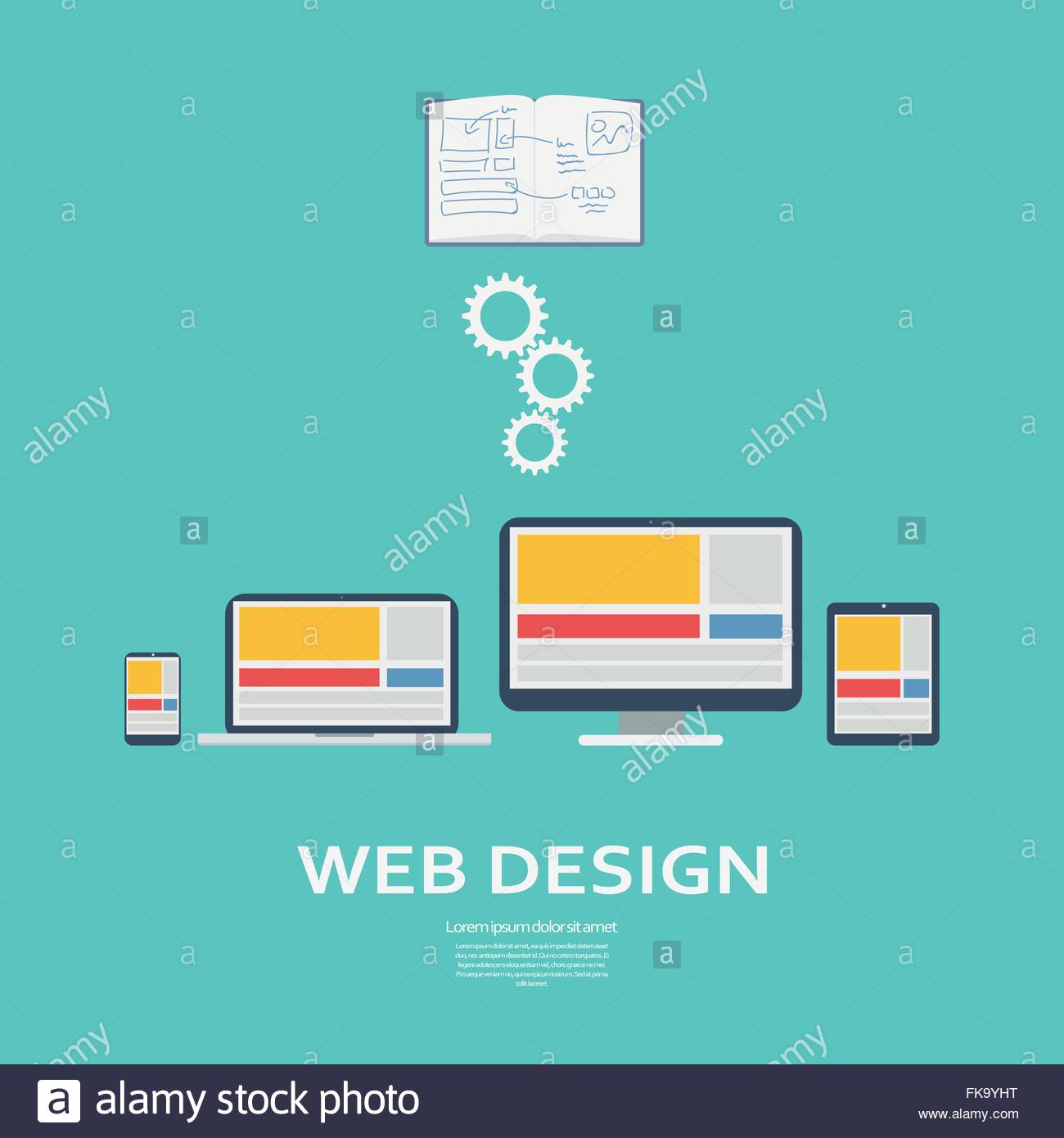Utilizing The Power Of Visual Pecking Order In Site Style
Utilizing The Power Of Visual Pecking Order In Site Style
Blog Article
Material Create By-Hamann McGarry
Imagine a site where every aspect completes for your focus, leaving you really feeling overwhelmed and uncertain of where to focus.
Currently photo a site where each aspect is carefully set up, assisting your eyes effortlessly through the web page, providing a smooth user experience.
The difference hinges on the power of visual power structure in site style. By purposefully organizing and prioritizing components on a website, developers can create a clear and intuitive path for customers to adhere to, inevitably boosting involvement and driving conversions.
But exactly how specifically can you harness this power? Join us as we check out the concepts and methods behind effective visual hierarchy, and discover exactly how you can boost your website layout to brand-new heights.
Recognizing Visual Pecking Order in Web Design
To successfully share details and guide users via an internet site, it's essential to understand the idea of visual power structure in web design.
Aesthetic pecking order refers to the plan and organization of elements on a web page to highlight their significance and produce a clear and user-friendly individual experience. By establishing a clear visual power structure, you can direct users' attention to the most essential info or actions on the web page, boosting use and engagement.
This can be achieved via different design techniques, consisting of the critical use dimension, color, comparison, and positioning of aspects. For instance, bigger and bolder components generally bring in more focus, while contrasting colors can produce visual comparison and draw focus.
Principles for Reliable Aesthetic Power Structure
Comprehending the concepts for efficient visual hierarchy is vital in creating an easy to use and interesting website layout. By adhering to these concepts, you can ensure that your website effectively interacts information to users and guides their attention to one of the most important components.
One principle is to utilize size and range to develop a clear aesthetic power structure. By making essential components bigger and extra popular, you can accentuate them and overview customers through the content.
Another principle is to use contrast efficiently. By using contrasting shades, font styles, and shapes, you can produce visual differentiation and highlight important details.
In addition, the concept of closeness recommends that related components must be organized with each other to visually attach them and make the site more organized and very easy to navigate.
Implementing Visual Hierarchy in Website Layout
To execute visual hierarchy in site style, focus on crucial elements by readjusting their size, color, and setting on the page.
By making crucial elements bigger and a lot more popular, they'll normally attract the customer's interest.
Use contrasting colors to create visual comparison and stress crucial details. For https://timesofindia.indiatimes.com/blogs/voices/performance-marketing-industry-and-the-road-ahead/ , you can utilize a strong or vivid color for headlines or call-to-action switches.
In addition, take into consideration the placement of each component on the page. Area essential components at the top or in the center, as customers often tend to concentrate on these locations first.
Conclusion
So, there you have it. Aesthetic pecking order resembles the conductor of a harmony, guiding your eyes through the web site style with skill and panache.
It's the secret sauce that makes a site pop and sizzle. Without professional seo consultant , your layout is just a jumbled mess of random components.
Yet with aesthetic hierarchy, you can produce a masterpiece that orders interest, interacts properly, and leaves a lasting perception.
So leave, my friend, and harness the power of visual pecking order in your internet site style. Your audience will certainly thank you.
